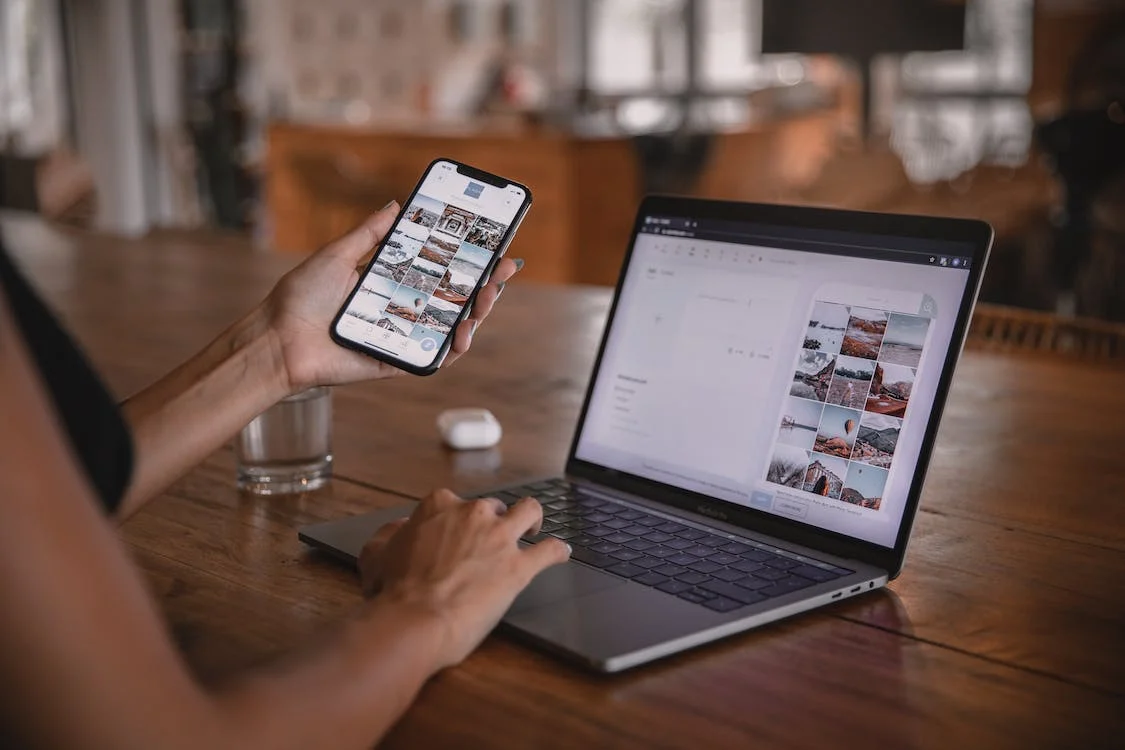In today’s digital landscape, influencer marketing has emerged as one of the most effective strategies for brands to connect with their target audience. With millions of people turning to social media for recommendations and information, partnering with influencers can significantly enhance your brand’s visibility and drive traffic to your website. In this blog, we’ll explore how to leverage influencer marketing to boost your website traffic effectively.

1. Identify Your Goals and Objectives
Before diving into influencer marketing, it’s crucial to define your goals. Are you looking to increase website traffic, improve brand awareness, boost sales, or enhance social media engagement? By setting clear objectives, you can tailor your influencer marketing strategy to align with your goals.
Key Metrics to Consider:
- Website Traffic: Track visitors from influencer campaigns using Google Analytics.
- Conversion Rates: Measure how many visitors take desired actions, like making a purchase or signing up for a newsletter.
- Engagement Rates: Analyze likes, shares, and comments on your influencer’s posts to gauge interest.
2. Find the Right Influencers
The success of your influencer marketing campaign largely depends on the influencers you choose to collaborate with. Here are some tips to help you find the right influencers for your brand:
a. Relevance
Look for influencers whose content aligns with your brand values and target audience. An influencer in your niche will be more effective in reaching potential customers.
b. Audience Engagement
Analyze an influencer’s engagement rates rather than just their follower count. High engagement indicates that their audience trusts their recommendations and is more likely to take action.
c. Authenticity
Choose influencers who are authentic and relatable. Followers are more likely to respond positively to genuine endorsements from influencers they trust.
d. Tools for Finding Influencers
Use influencer marketing platforms like AspireIQ, Upfluence, or BuzzSumo to discover potential influencers based on your criteria.
3. Create Compelling Content Together
Once you’ve identified suitable influencers, collaborate with them to create engaging and authentic content that resonates with their audience and showcases your brand. Here’s how:
a. Content Types
Consider various content formats, including:
- Blog Posts: Collaborate on informative blog posts that link back to your website.
- Social Media Posts: Have influencers create posts featuring your products or services with clear calls to action (CTAs).
- Videos: Leverage platforms like YouTube or TikTok for product demonstrations or reviews.
b. Authentic Messaging
Encourage influencers to use their voice and style in promoting your brand. Authenticity resonates with audiences and can drive higher engagement and traffic.
c. Include Links and CTAs
Ensure influencers include links to your website in their posts, bios, or stories. Clear CTAs can encourage followers to visit your site for more information or to make a purchase.
4. Promote the Campaign Across Channels
To maximize the impact of your influencer marketing campaign, promote it across various channels. Here’s how to do it:
a. Leverage Your Own Social Media
Share influencer content on your brand’s social media channels. This not only expands reach but also provides additional exposure to the influencer’s audience.
b. Utilize Email Marketing
Include influencer collaborations in your email newsletters. Highlight their posts or reviews, and include links that direct recipients to your website.
c. Optimize for SEO
If influencers create blog content, optimize those posts for search engines to improve visibility. Use relevant keywords, internal links, and engaging visuals to enhance SEO.
5. Measure and Analyze Performance
Once your campaign is live, monitoring its performance is essential to understand its effectiveness. Here are some key metrics to track:
a. Website Traffic
Use tools like Google Analytics to measure traffic driven by influencer marketing. Analyze the sources of traffic to identify which influencers are most effective.
b. Engagement Metrics
Evaluate likes, shares, comments, and other engagement metrics on influencer posts to gauge audience interest and interaction.
c. Conversion Rates
Track conversions resulting from your influencer campaigns, whether it’s sales, sign-ups, or downloads. This data will help you assess the ROI of your efforts.
6. Foster Long-Term Relationships with Influencers
Building long-term relationships with influencers can yield ongoing benefits for your brand. Here’s how:
a. Continued Collaboration
Consider establishing ongoing partnerships with successful influencers. Regular collaborations can keep your brand in the audience’s mind and foster deeper connections.
b. Engage Beyond Promotions
Interact with influencers on their social media channels by commenting on their posts, sharing their content, or inviting them to events. This engagement helps strengthen your relationship.
c. Gather Feedback
Ask influencers for feedback on your products and campaigns. Their insights can help you improve future marketing strategies.
Conclusion
Influencer marketing is a powerful tool for driving traffic to your website and enhancing brand visibility. By identifying the right influencers, creating compelling content, promoting campaigns effectively, and measuring performance, you can harness the full potential of influencer partnerships.


No responses yet